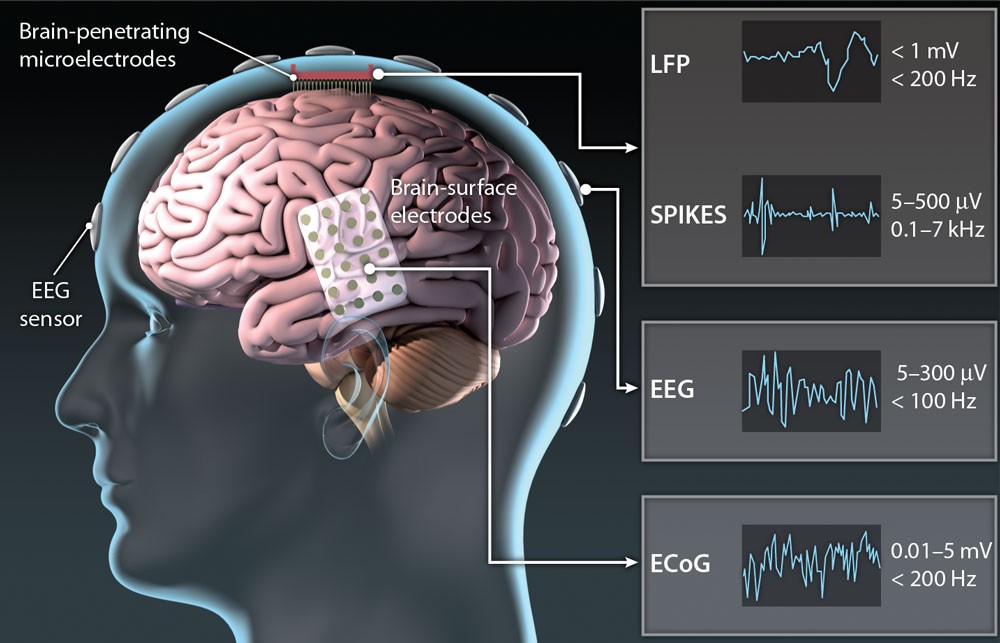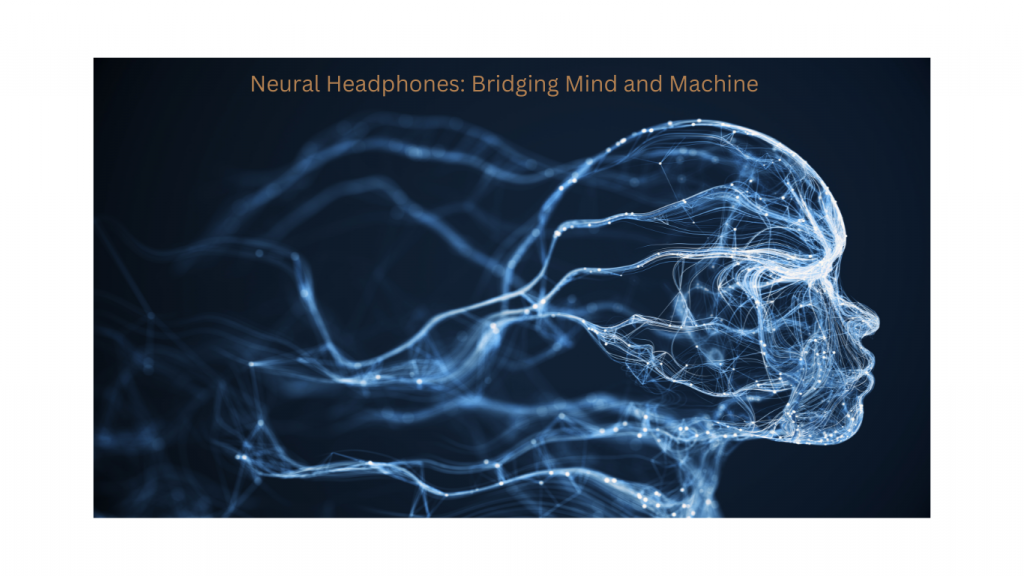Neural headphones represent a cutting-edge advancement in wearable technology, blending the realms of neuroscience and audio engineering. These innovative devices are designed to not only deliver high-quality sound but also to interact directly with the brain, offering a myriad of applications ranging from enhanced user experiences to therapeutic benefits. As the technology continues to evolve, neural headphones are poised to revolutionize how we interact with audio and our own cognitive functions.

What are Neural Headphones?
Neural headphones are wearable devices that combine traditional headphone functionality with neural interface technology. This fusion allows the headphones to read and interpret brainwave activity, providing real-time feedback and adjustments to the audio experience. By integrating EEG (electroencephalography) sensors, neural headphones can monitor brain activity, enabling applications such as mood-based music selection, cognitive training, and mental health monitoring.
Enhanced Audio Experience
One of the primary benefits of neural headphones is the ability to enhance the audio experience based on the user’s mental state. By analyzing brainwave patterns, these headphones can adjust sound quality, volume, and even the type of music played to match the user’s current mood or cognitive state. For instance, if the sensors detect that the user is stressed, the headphones might play calming music or adjust the equalizer settings to reduce high-frequency sounds that could be perceived as irritating. This personalized audio experience ensures optimal listening conditions, tailored to the user’s emotional and mental well-being.
Cognitive Training and Brain Health
Neural headphones offer significant potential for cognitive training and brain health. By providing real-time feedback on brain activity, users can engage in neurofeedback exercises designed to enhance cognitive functions such as focus, memory, and relaxation. These exercises can be particularly beneficial for individuals with ADHD, anxiety, or other cognitive disorders, offering a non-invasive method to improve mental performance and well-being. Additionally, neural headphones can be used in conjunction with meditation and mindfulness practices, providing auditory cues that help users achieve deeper states of relaxation and concentration.
Therapeutic Applications
The therapeutic applications of neural headphones extend beyond cognitive training. These devices can play a crucial role in mental health monitoring and intervention. By continuously monitoring brainwave activity, neural headphones can detect signs of stress, anxiety, or depression, alerting the user or healthcare providers to potential issues before they become more severe. This early detection capability can facilitate timely interventions, improving outcomes for individuals with mental health conditions. Furthermore, neural headphones can be used in conjunction with music therapy, enhancing the therapeutic effects of music by tailoring it to the user’s neurological responses.
The Future of Neural Headphones
As technology advances, the future of neural headphones looks incredibly promising. Ongoing research is focused on improving the accuracy and responsiveness of EEG sensors, as well as miniaturizing the technology to make it more comfortable and unobtrusive for everyday use. Future iterations of neural headphones may include advanced features such as real-time language translation, brain-computer interface capabilities for controlling other devices, and even augmented reality experiences that interact directly with the user’s cognitive state.
Market Potential and Adoption
The market potential for neural headphones is substantial, with applications spanning consumer electronics, healthcare, and professional training. As awareness of the benefits of neural interface technology grows, adoption is expected to increase, driven by the demand for personalized and health-oriented technology solutions. Companies investing in neural headphones are likely to see significant growth opportunities, as these devices cater to a wide range of consumer needs and preferences.
In conclusion, neural headphones represent a significant leap forward in wearable technology, bridging the gap between mind and machine. By offering enhanced audio experiences, cognitive training, and therapeutic applications, these devices have the potential to transform how we interact with audio and manage our mental health. As the technology continues to evolve, neural headphones will undoubtedly play a pivotal role in shaping the future of personal and cognitive audio experiences.


